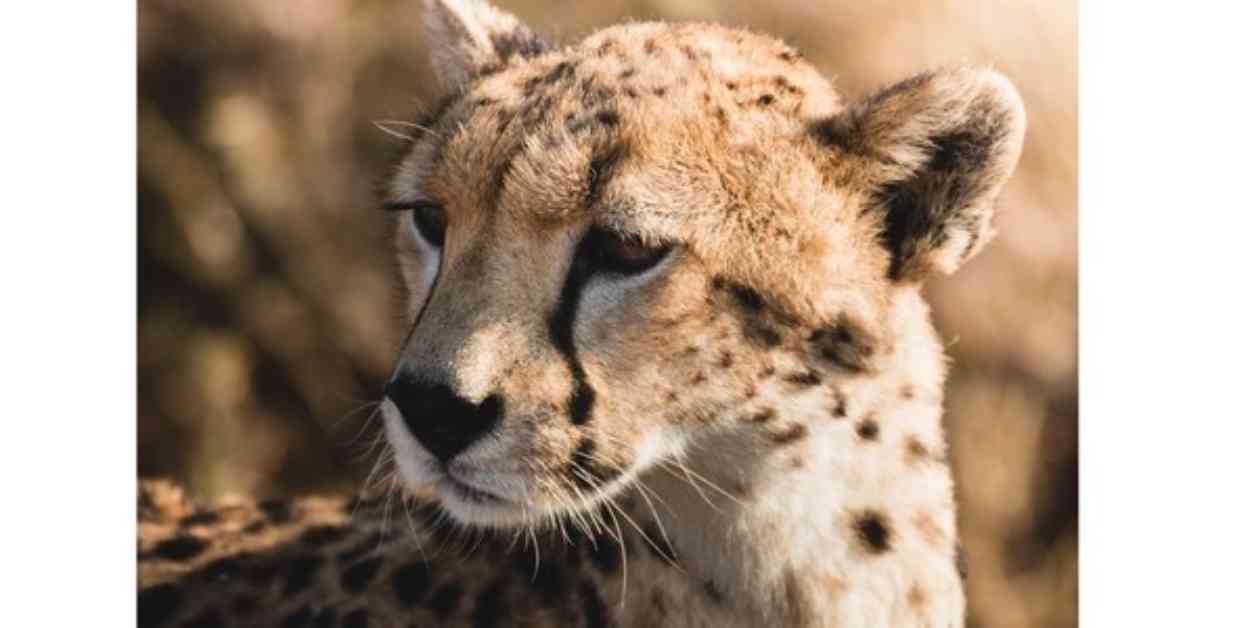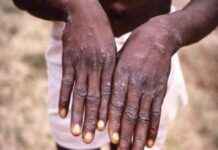India considers sourcing cheetahs for reintroduction from Somalia, Tanzania, and Sudan to avoid biorhythm complications observed in big cats brought from Southern Hemisphere countries like South Africa and Namibia.
Cheetahs are majestic creatures that have faced numerous challenges in recent years, including habitat loss, poaching, and human-wildlife conflict. In an effort to bolster the cheetah population in India, the government has been exploring the possibility of sourcing new cheetahs from countries closer to the equator or in the Northern Hemisphere. This decision comes after some cheetahs brought from Southern Hemisphere countries developed thick winter coats during the Indian summer and monsoon, which led to health complications and ultimately the death of three cheetahs.
The Importance of Biorhythms in Cheetah Reintroduction
Cheetahs are known for their speed and agility, but they are also highly sensitive to changes in their environment, including biorhythmic adjustments. The differences in circadian rhythms between the Northern and Southern Hemispheres have posed a challenge for cheetahs brought from countries in the Southern Hemisphere. These cheetahs have struggled to adapt to the local environment, climate, and conditions in India, resulting in health issues and even death.
The Impact of Circadian Rhythms on Cheetah Health
During a steering committee meeting last year, Chairman Rajesh Gopal highlighted the importance of biorhythmic adjustment for cheetahs reintroduced to India. He noted that some cheetahs from Southern Hemisphere countries had developed thick winter coats during the Indian summer, which led to infections and ultimately death. Gopal emphasized the need to source cheetahs from Northern Hemisphere countries like Kenya and Somalia to avoid biorhythmic complications and ensure the survival of the cheetah population in India.
Challenges Faced by Cheetahs from Southern Hemisphere Countries
The recent deaths of three cheetahs from Namibia and South Africa have raised concerns about sourcing cheetahs from Southern Hemisphere countries. Despite ongoing discussions with these countries, the Indian government is considering alternatives to ensure the health and well-being of reintroduced cheetahs. The steering committee has recommended sourcing cheetahs from Northern Hemisphere countries to mitigate the risks associated with circadian rhythm adjustments and dermal infestations.
Exploring New Opportunities for Cheetah Reintroduction
In light of the challenges faced by cheetahs from Southern Hemisphere countries, the National Tiger Conservation Authority is exploring opportunities to source cheetahs from other range countries. Countries such as Kenya, Tanzania, and Sudan have been identified as potential sources for new cheetahs for reintroduction in India. By diversifying the sources of cheetahs, the government aims to improve the chances of success for the reintroduction program and ensure the long-term conservation of the species.
The Future of Cheetah Reintroduction in India
As discussions continue with various countries and stakeholders, the focus remains on addressing immediate issues related to cheetah reintroduction. Steps have been taken to augment the prey base, manage the leopard population, and prepare wildlife sanctuaries for the arrival of new cheetahs. The government is committed to ensuring the success of the reintroduction program and the conservation of cheetahs in India.
In Conclusion
The reintroduction of cheetahs in India is a complex and challenging endeavor that requires careful planning and coordination. By sourcing cheetahs from countries closer to the equator or in the Northern Hemisphere, the government hopes to avoid biorhythm complications and improve the chances of success for the reintroduction program. With ongoing discussions and efforts to address immediate issues, India is taking proactive steps to ensure the conservation of this iconic species for future generations.




















